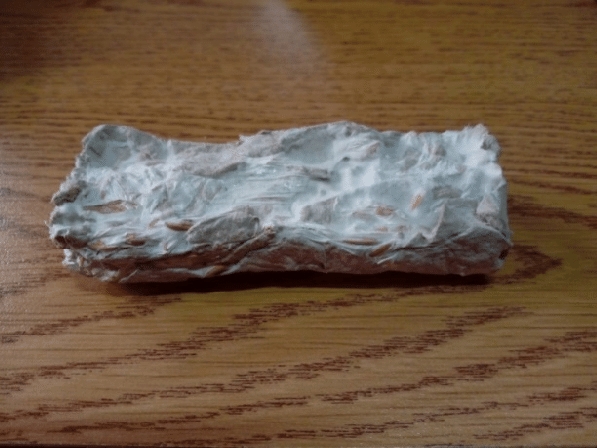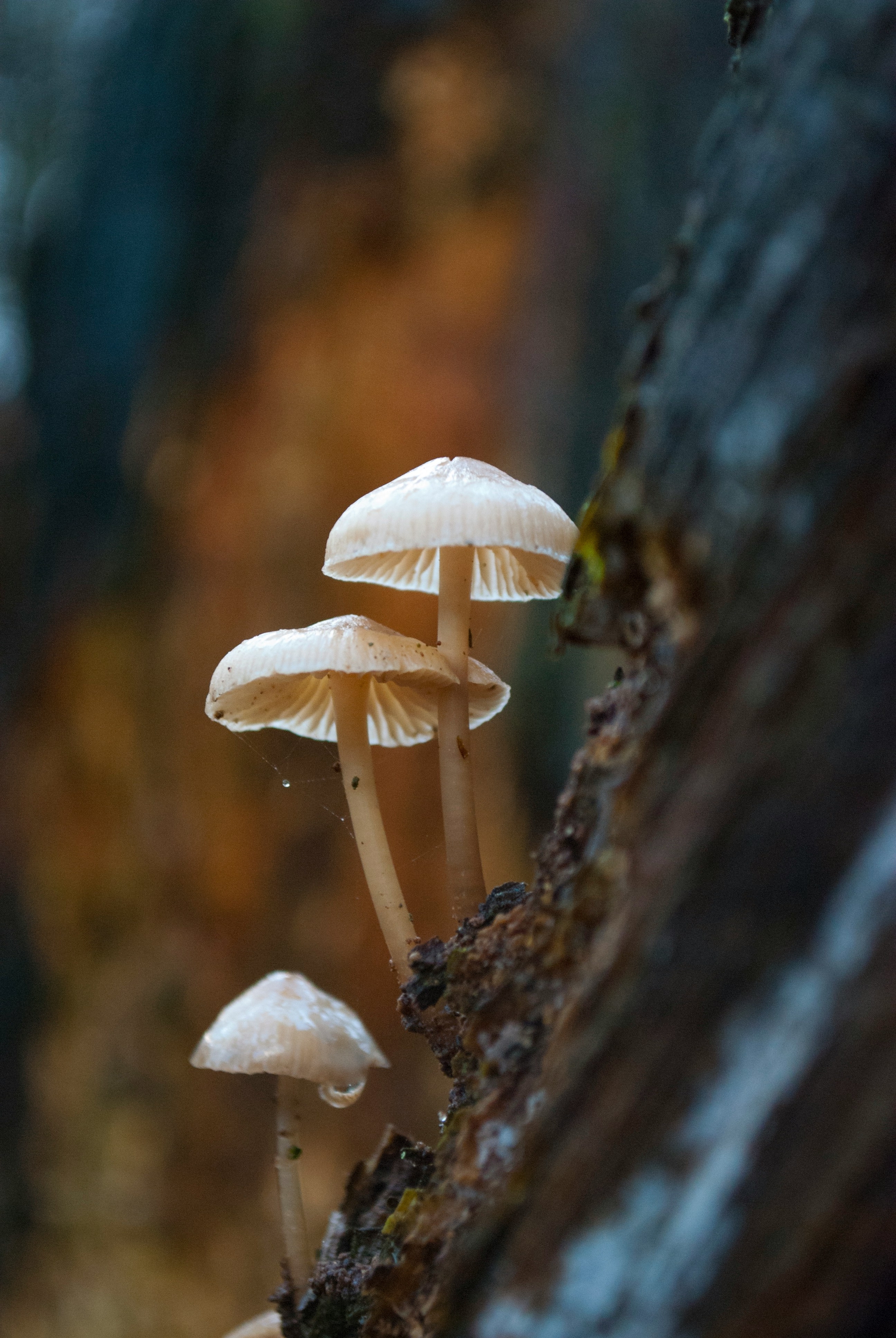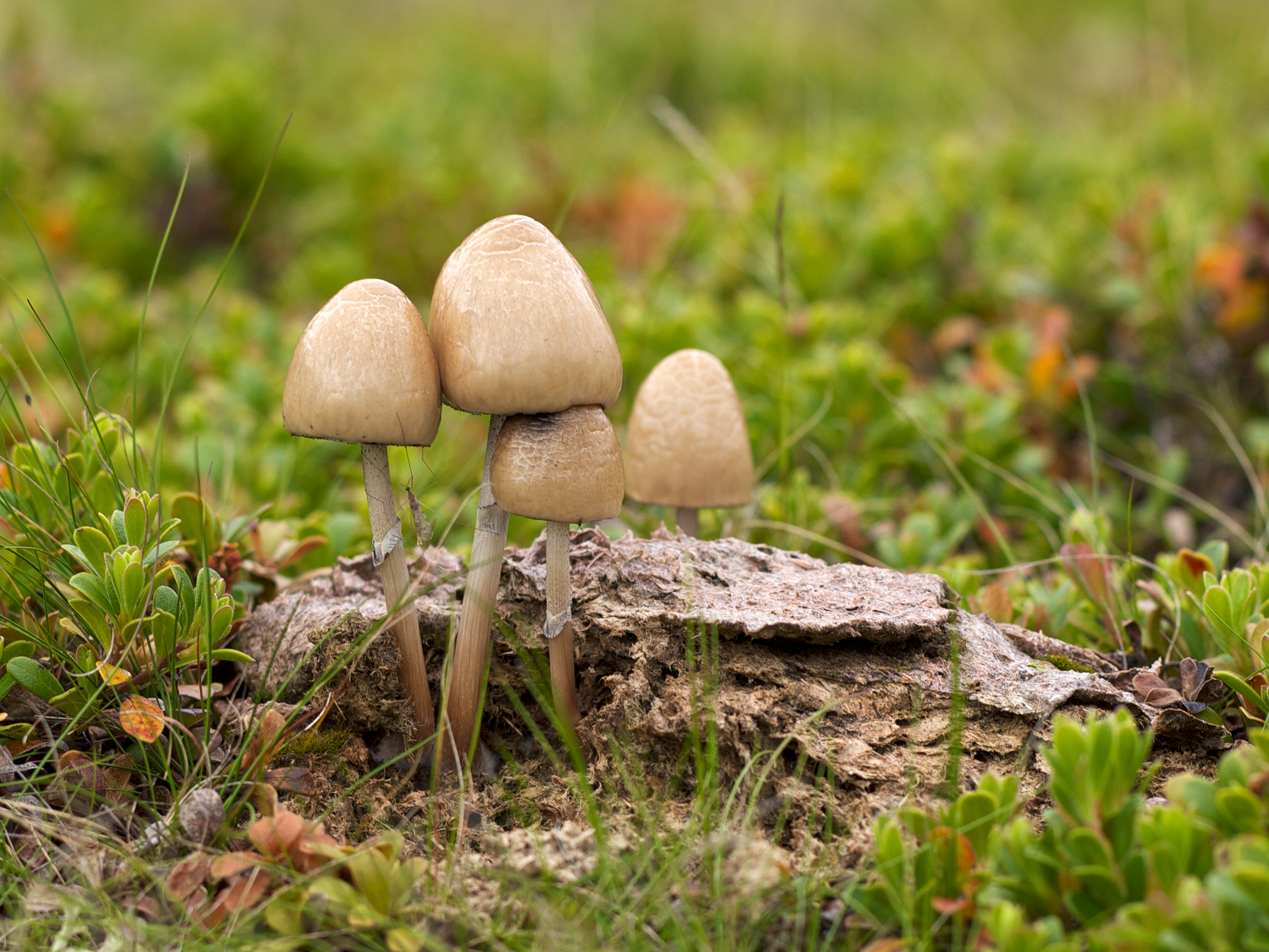🧫Guide to Growing Mushrooms
Easy Substrates for Beginners
Growing mushrooms is an exciting activity that anyone can do at home, especially when using the right substrates. Mushrooms need a nutrient-rich medium where the mycelium can grow and thrive. Below, we present several easy-to-obtain and use substrates, explaining what they contain to support mushroom growth and how to prepare them properly.
1. Coffee Grounds

What Do Coffee Grounds Contain?
Essential Nutrients: Coffee grounds contain nitrogen, phosphorus, potassium, calcium, magnesium, and other micronutrients, which are important for the growth of mycelium.
Organic Carbon: The carbohydrates present in coffee grounds provide an energy source for fungi.
Slightly Acidic pH: This pH level favors the growth of mushrooms like oyster mushrooms.
Guide to Using Coffee Grounds:
Collection: Talk to local cafes or neighbors to collect used coffee grounds. It’s a great way to promote community collaboration and recycle waste.
Preparation: Coffee grounds are sterile due to the high temperature during coffee preparation, but it's recommended to dry them before use to prevent mold growth.
Care: Keep the substrate moist but not saturated, as mushrooms need water to grow, but too much moisture can lead to mold.
Suggestion: Combine coffee grounds with other carbon-rich materials, like cardboard or straw, to improve substrate texture and aeration.
2. Egg Carton Cardboard

What Does Egg Carton Cardboard Contain?
Cellulose: Fungi break down cellulose to obtain energy, as it is a rich source of carbon.
Porous Texture: Provides good air circulation, which is crucial for mycelium growth.
Guide to Using Egg Carton Cardboard:
Collection: You can collect egg cartons at home or ask family and friends to save theirs. Ensure the carton is clean and free of any residues.
Preparation: Shred the carton into small strips and soak it in hot water to rehydrate and soften it. Some growers prefer to pasteurize it (heating it to 65–80°C for 1 hour) to eliminate potential contaminants.
Care: Mix the cardboard with another nutrient-rich material, such as coffee grounds or straw, to provide a complete food source for the fungi.
Suggestion: When using cardboard as the main substrate, make sure it is well-moistened but not soaked, as fungi thrive in a slightly damp environment.
3. Straw

What Does Straw Contain?
Cellulose and Hemicellulose: These are key carbon sources that fungi break down for energy.
Lignin: Although more difficult to decompose, lignin provides nutrients to fungi over a longer period.
Guide to Using Straw:
Collection: Straw can be easily sourced from local farms or agricultural supply stores. Ask if they have extra straw or if you can arrange a collaborative collection with the community.
Sterilization: It’s important to pasteurize the straw to eliminate bacteria and other unwanted fungi. To do this, soak the straw in hot water (65–80°C) for 1–2 hours, then let it cool before using.
Care: Ensure the straw remains moist but not waterlogged. A good balance of aeration and moisture is essential for success.
Suggestion: Store straw in a dry place to prevent moisture buildup before use. Combining it with coffee grounds or other substrates can increase its nutritional content.
4. Wood Sawdust

What Does Sawdust Contain?
Cellulose: Rich in cellulose, making it an excellent energy source for fungi.
Lignin: Provides long-term nutrients as fungi break down this material.
Guide to Using Wood Sawdust:
Collection: You can obtain sawdust from local sawmills or hardware stores. Ensure it is from hardwoods (such as oak or maple) and is not chemically treated.
Preparation: Sawdust needs to be pasteurized or sterilized to avoid contaminants. You can boil it for 1–2 hours or use steam. Then, drain the excess water before use.
Care: Sawdust has good moisture retention, but be sure to monitor it to prevent it from drying out too quickly.
Suggestion: Sawdust is ideal for cultivating mushrooms like shiitake. Combine it with complementary materials to enrich the substrate.
5. Manure

What Does Manure Contain?
Concentrated Nutrients: Manure, especially from horses or cows, is rich in nitrogen, phosphorus, potassium, and other essential micronutrients that support rapid mushroom growth.
Decomposed Organic Matter: Provides easily accessible nutrients for the mycelium.
Guide to Using Manure:
Collection: If you have access to farms or stables, you can collect fresh manure. It’s important to work together with farmers to obtain composted manure.
Composting: Before use, manure should be composted to reduce its ammonia content and pathogens. This process takes several weeks but is necessary to create a suitable environment for fungi.
Care: Once composted, the manure should be kept moist and can be combined with straw to improve texture and aeration.
Suggestion: Although manure is an excellent substrate, it can have a strong odor. It is best used in well-ventilated areas or outdoors.
6. Paper Residues

What Do Paper Residues Contain?
Cellulose: Similar to cardboard, paper is a rich source of cellulose that fungi can break down.
Low Contaminant Content: By recycling paper without toxic inks, you can create a clean environment for the mycelium.
Guide to Using Paper Residues:
Collection: Gather used paper at home, like newspapers or untreated papers. Avoid papers with inks or coatings that may be harmful.
Preparation: Shred the paper and soak it in hot water to soften it. Pasteurize it by immersing it in hot water (65–80°C) for 1 hour.
Care: Paper tends to dry out quickly, so be sure to monitor moisture levels in the substrate and add water as needed.
Suggestion: Paper is a good complement to other substrates, such as cardboard or coffee grounds, helping to maintain good aeration in the mixture.
Conclusion
Growing mushrooms using homemade substrates is an economical, sustainable, and enjoyable way to explore food production at home. Coffee grounds, egg cartons, straw, sawdust, manure, and paper are accessible materials that you can obtain with the help of the community and proper preparation. Experiment with different substrate combinations and follow the guidelines for collection, sterilization, and care to achieve the best results. Get inspired to grow your own mushrooms and contribute to organic waste recycling in the process!
Last updated